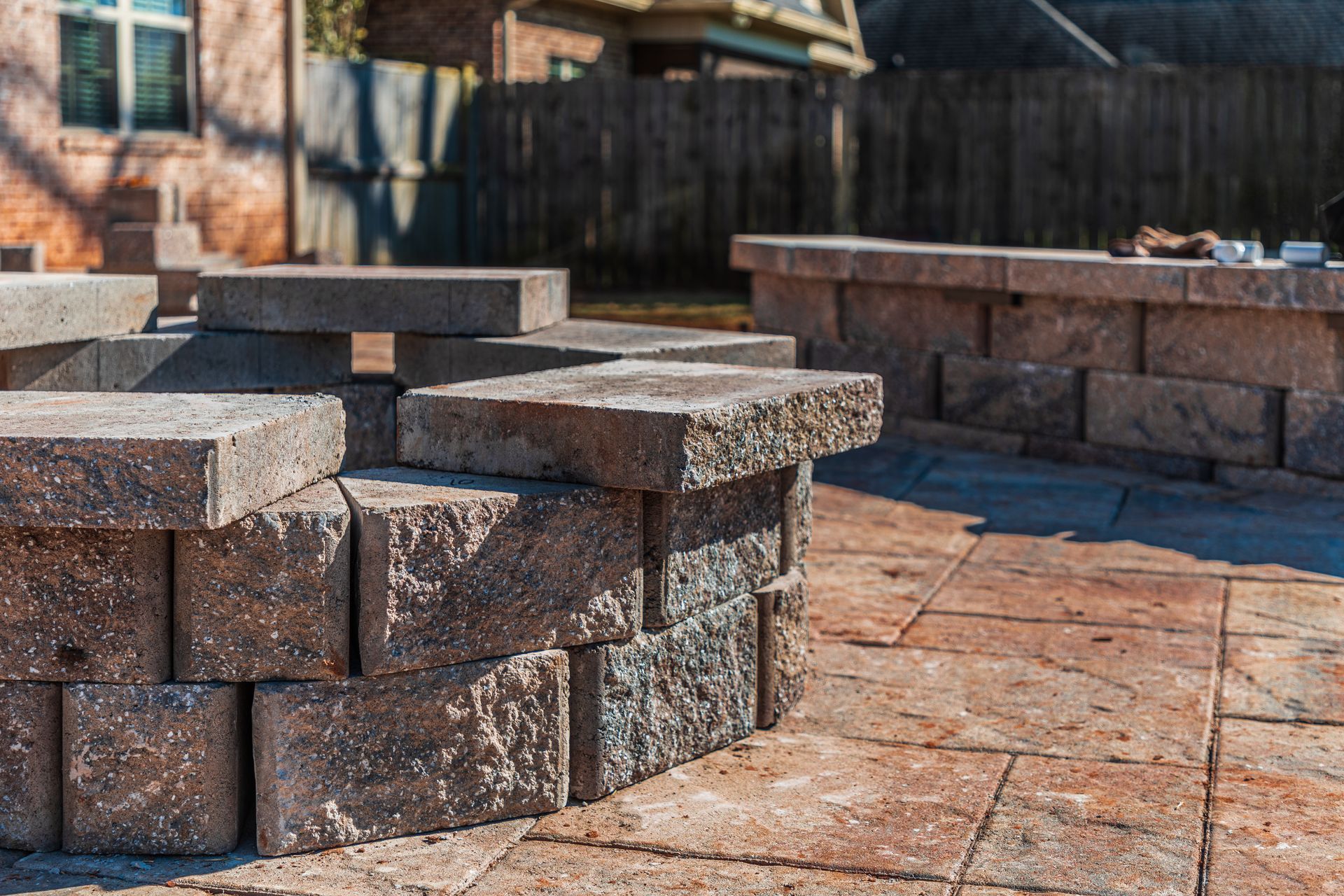When it comes to hardscaping projects, selecting the right materials is crucial for creating a visually appealing and durable outdoor space. Various materials have gained popularity over the years due to their unique characteristics and aesthetic appeal. Here are some popular materials for hardscaping projects:
Natural Stone: Natural stones like granite, limestone, and flagstone are timeless choices for hardscaping. They offer a natural and elegant look, each piece having its unique texture and color. Natural stone is durable and can withstand harsh weather conditions.
Concrete Pavers: Concrete pavers are versatile and come in various shapes, colors, and sizes. They can mimic the appearance of natural stone or create contemporary designs. Concrete pavers are relatively affordable, durable, and easy to install.
Brick: Brick is a classic material that adds a touch of warmth and charm to hardscape designs. It is known for its durability and low maintenance. Brick can be used for pathways, patios, or retaining walls, and it can be laid in various patterns for added visual interest.
Composite Decking: Composite decking has become a low-maintenance alternative to traditional wood decking. Made from a combination of wood fibers and recycled plastic, composite decking is resistant to rot, warping, and insect damage. It comes in various colors and textures, offering a modern and sleek look.
Decorative Concrete: Decorative concrete techniques like stamped or stained concrete allow for endless design possibilities. Stamped concrete can resemble natural stone or brick, while stained concrete offers a range of vibrant colors. Decorative concrete is a cost-effective and durable for driveways, patios, and pool decks.
Choosing the right materials for hardscaping projects depends on budget, desired aesthetic, and functional requirements. Consulting with a professional landscaper or hardscape designer can help you make an informed decision and create a stunning outdoor space.


